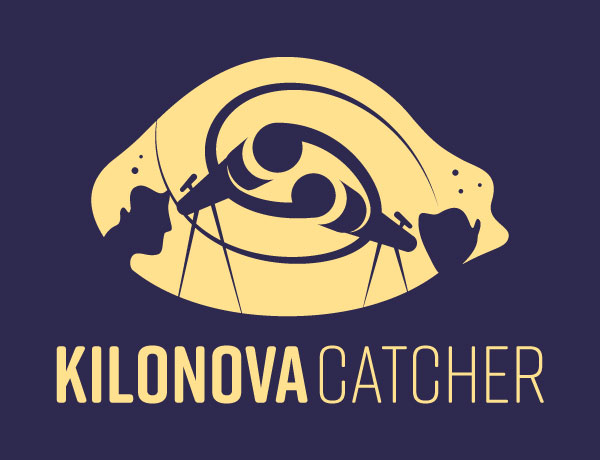How Astrophotography Images Are Different#
You might be used to taking photos with your phone or digital camera — just point, click, and you’re done. But when it comes to photographing the night sky, things work very differently.
Let’s explore what makes astrophotography unique, and why the images we take with telescopes need more care and processing.
1. Low Light, Long Exposures#
Stars, galaxies, and transients like kilonovae are incredibly faint — many are millions or billions of times dimmer than objects we photograph on Earth.
A phone camera takes a snapshot in a fraction of a second.
A telescope camera might expose a single image for 30 seconds, 2 minutes, or even longer to collect enough light.
This long exposure allows the sensor to capture faint light from faraway objects — but it also means more noise, thermal signal, and vulnerability to tiny tracking errors from the telescope.
2. No Color… At First#
Most astronomical cameras are monochrome, meaning they only detect brightness — not color. This allows for more sensitivity and more scientific flexibility.
To create color images, we take multiple images through different filters:
Red, Green, Blue, or
Sloan filters like g′, r′, i′, etc.
These are combined later to create full-color images or to measure brightness in specific wavelengths. This is very different from your phone, which has built-in color filters for every pixel and processes color automatically.
3. Scientific Detail Over Appearance#
While phone cameras prioritize beauty and clarity using automatic filters, telescope images are designed to be raw, accurate, and unfiltered. That’s because:
We’re measuring real light from space
We need to know exact brightness (flux) for science
Even faint features can be scientifically important
That’s why we don’t sharpen, blur, or enhance images the same way you might in Photoshop — at least not until the science is done!
4. Raw Images Are Messy#
Raw astronomical images can look surprisingly ugly:
You’ll see noise, hot pixels, dust shadows, and uneven lighting
There may be satellite trails, cosmic rays, or bad columns
But all of this is normal — and fixable.
That’s why we preprocess every image before doing science. We subtract out the noise and correct the lighting using calibration frames (bias, dark, flat, and flat-dark). This lets us recover the real image of the sky underneath all that interference.
Summary#
Here is a table to put this into perspective:
Feature |
Phone Camera |
Telescope Camera |
|---|---|---|
Exposure Time |
< 1 second |
30 sec to several minutes |
Color |
Built-in RGB per pixel |
Monochrome + color filters |
Noise Reduction |
Automatic, hidden from the user |
Manual, using calibration frames |
Goal |
Aesthetic image |
Scientific measurement |
Image Appearance |
Bright, colorful, polished |
Raw, noisy, grayscale (at first) |
